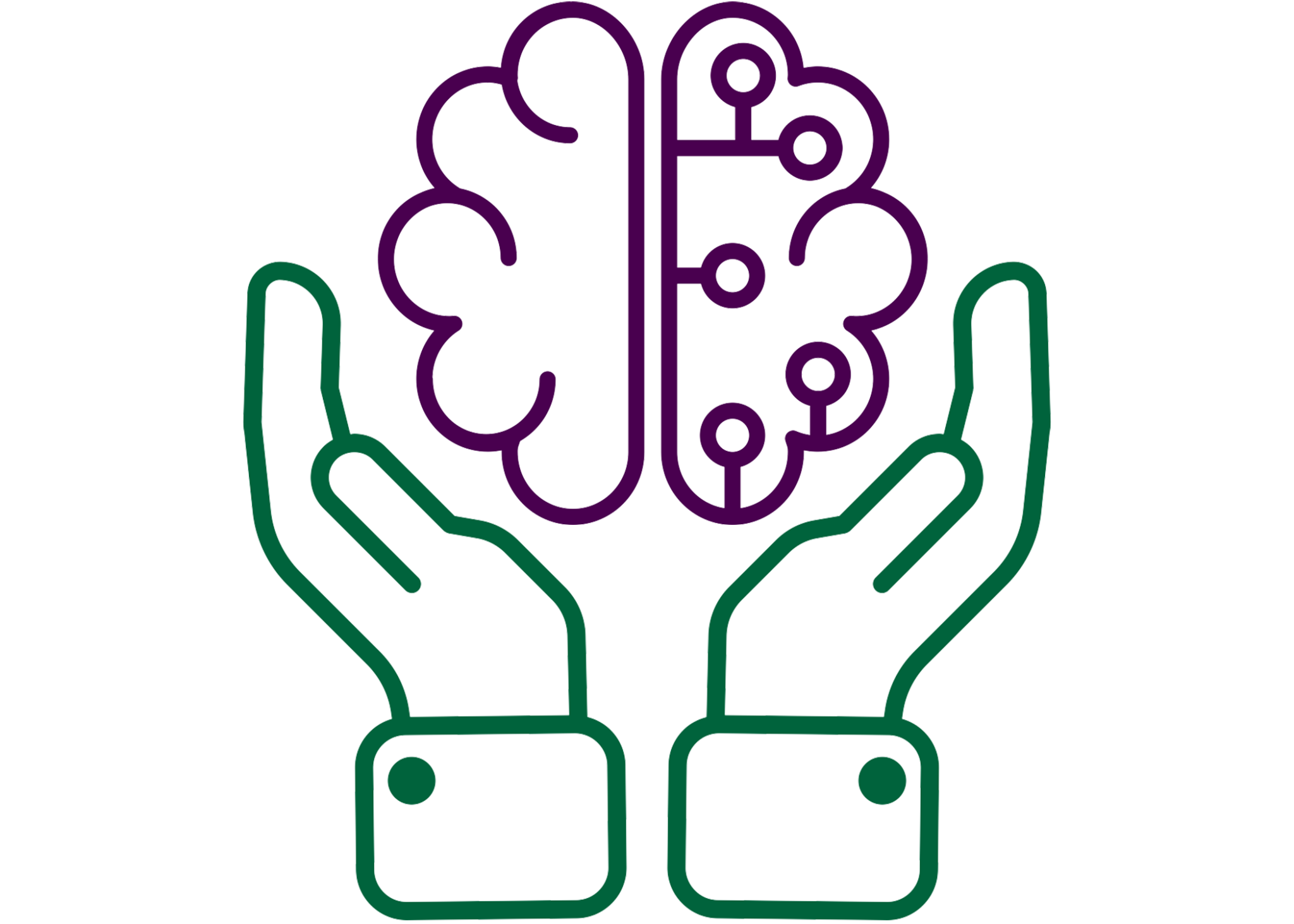At EK, we’ve consistently talked about the foundational value of Knowledge Management to achieve some of the more advanced information management, findability, and semantic web capabilities organizations have been seeking.
At the same time, we’ve increasingly been coming across organizations that have been promised Artificial Intelligence (AI) capabilities, but have not realized them. Big companies with “AI” software that promises the capability to win at game shows or provide the “out-of-the-box” ability to have natural conversations has been procured and prototyped. The message we consistently hear, however, is that these tools haven’t lived up to the promise. Though the demos are impressive, the reality is deflating.
 As these things go, many of the organizations that have contacted us came to the right realization before we helped them get there. There are many routes to AI, but the most likely and cost effective path for many organizations is to leverage their existing knowledge. This knowledge is harnessed in a more structured manner through a combination of taxonomies, ontologies, and graph databases, and then it is surfaced through well-designed digital web interfaces, enterprise search tools, chatbots, and push mechanisms.
As these things go, many of the organizations that have contacted us came to the right realization before we helped them get there. There are many routes to AI, but the most likely and cost effective path for many organizations is to leverage their existing knowledge. This knowledge is harnessed in a more structured manner through a combination of taxonomies, ontologies, and graph databases, and then it is surfaced through well-designed digital web interfaces, enterprise search tools, chatbots, and push mechanisms.
Though many organizations fully understand and are eager for the potential business value that AI offers, they recognize they’re not prepared to realize it. This is where the foundational value of KM systems implementation comes in. A well designed KM program offers a vast array of benefits, including:
- Content Quality – An awareness of the necessity for clean content, as well as the appropriate content governance, analytics, and cleanup processes/programs to ensure the long-term quality and enhancement of data and information. Our experience shows us that only 1 in 5 documents belongs within an enterprise index, as the rest is old, obsolete, incorrect, or duplicate.
- Information Integration – Enterprise level programs to relate content (through system consolidation, but more importantly via an enterprise taxonomy and ontology design) focused on relating content based on what it’s about, who it’s for, and what it does.
- Content Standardization – Designing, developing, and implementing content types and templates that standardize content capture, management, and presentation. This often results in smaller, more manageable “chunks” of content that can be combined in a more flexible manner.
- Content Variability – An understanding that information does not all look the same and that, though structured information is easier for a “machine” to understand, an individual end user needs an array of information types, including videos and graphics, “easy” answers, and extensive details.
- Culture of Knowledge Sharing – An appreciation for, recognition for, and trust in knowledge being shared from and to multiple sources throughout the organization. So much of good KM is driven by the right people being rewarded and encouraged for sharing knowledge within the organization.
What’s remarkable about these benefits of KM in particular is that each of them is foundational to achieving real AI. Content Quality ensures that any extraction of content via AI is “reading” only the right information and not duplicating inconsistent or conflicting data points.
Information Integration allows for content discovery and the generation of knowledge panels and graphs by relating multiple sources and types of content. The associated taxonomies and ontologies build structures for the AI system to leverage different vocabulary and provide more “human” responses to questions. Ultimately, this has become commonly known as question and answer search engines or cognitive search.
Content Standardization enables the AI to “read” answers more effectively. It surfaces the right answers, displays the easy responses, and points to the more detailed and complex answers.
Content Variability ensures that the AI is drawing from a comprehensive set of answers, relating different content types, and creating a real web of information from which the end user can choose. Different situations call for different types of content, and a true AI interaction allows for that to occur.
Finally, all of this is powered and enabled by a Culture of Knowledge Sharing. Any organization’s true vision for AI rests on the concept that good information will result in even better information over time. I refer to this as the self-feeding beast of Knowledge Management. AI will not be perfect immediately (and may never be). It will require a true culture of effective KM for people to train the AI and the content that powers it, ensuring system improvement over time.
The other key to each of the elements above is that they will offer meaningful business value long before AI is enabled within the organization. Each of these KM Foundations are building blocks on the path to AI. We’re currently working along the range of these efforts. For some organizations, we’re building their basic KM Foundations and plotting a roadmap to achieve AI. For other organizations, we’re implementing the full suite of AI capabilities in earnest, having already established their Foundations.
If you’re looking for immediate KM value, while seeking a path to achieving AI within your organization, let us know. From Foundations to AI, we’re here to help.
